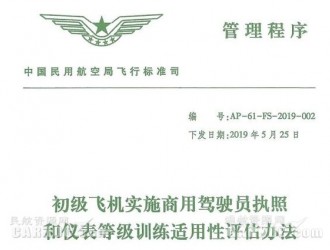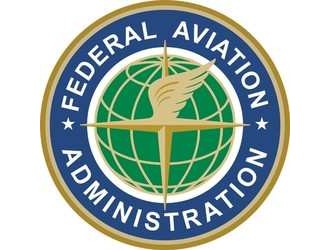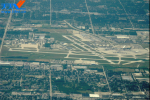
Airport owner-operator Racine Commercial Airport Corp. reports that the site sees 47,000 operations a year. That traffic is largely business-based, with a steady tempo year round. Unlike many locations, it tends to slow around the holidays as the local flight departments scale back their activity as well. The airport is open from 7 a.m to 5 p.m. daily (with after-hours callout available for a fee).
CREW AND PASSENGER SERVICES
The airport is one of four Customs entry points in the state. It had on request clearance beginning in 1986 and an agent based onsite since 2011. This past May, the airport opened a dedicated $1.2 million U.S. Customs and Immigration facility, paid for by a mix of private and public funds, to process the 300 international arrivals each year. “I market to people from say Dallas or St. Louis who go to Europe and try to get them to make a tech stop here on the way home,” said David Mann, general manager of the FBOand airport manager and vice president and general manager of the company that runs it. The opening of the facility, which can also handle cargo, has prompted the addition of “International” to KRAC’s name, and the FAA expects to catch up with the title change by April, Mann told AIN.
about five years ago the airport installed an incinerator to handle international trash from arriving patrons. As the only such facility in the area, the airport has turned the garbage into a cash cow as the Racine airport now also handles the international refuse from Milwaukee, which formerly trucked it to Indianapolis for disposal.
KRAC is home to 100 aircraft, 13 of them turbine-powered, ranging from a pair of Falcon 900s to a King Air 200 to a Sikorsky S-76. Most of the larger aircraft belong to corporate flight departments, with all but two housed in corporate hangars. The remainder, as well as all transient aircraft, are stored in three heated community hangars totaling 60,000 sq ft. With 450 acres on the airport, ramp parking is never an issue.
The Phillips 66-branded facility pumps half a million gallons of fuel a year from its tank farm, which stores 40,000 gallons of jet-A and 12,000 gallons of avgas.
The current 6,800-sq-ft, two-story FBO terminal, built a quarter-century ago, has consistently been upgraded and renovated. It features a pilots' lounge with showers, snooze room, recreation room with pool tables, a 10-seat A/V-equipped conference room, crew cars and onsite car rental. The company has also arranged crew privileges with several local gyms.
At the FBO, the person who handles your fueling might also be the same one who arranges your hotels and ground transportation, according to Mann. “We’re not big enough to say you can be a CSR and not do anything else,” he said. “They are all good customer service people, but I have to have the flexibility to be able to work them in different positions.” That flexibility must suit the NATA Safety 1st trained staff of nine well, as Mann has not had to hire a new employee in 14 years. His most senior staffer began working at the airport at the age of 17, four decades ago.
Wisconsin is known for its Scandinavian heritage, and Racine in particular offers the kringle, a large, ring-shaped, filled pastry that is found nowher else in the U.S. As part of their hospitality, Mann’s staff makes sure always to have fresh kringles on hand. “Especially if we’ve got people coming in from Europe to clear customs and get some fuel, we try to put a kringle on the airplane to make them feel welcome,” he noted.
When it comes to addressing the needs of flight crews, Mann has a leg up. An airline pilot for 15 years who later became a corporate pilot, he can easily put himself in their shoes. “I know what I wanted when I landed at an airport, and what I try to provide here is what I would want if I was flying in to an airport,” he said.





